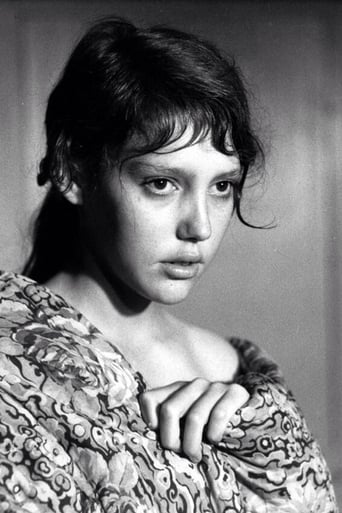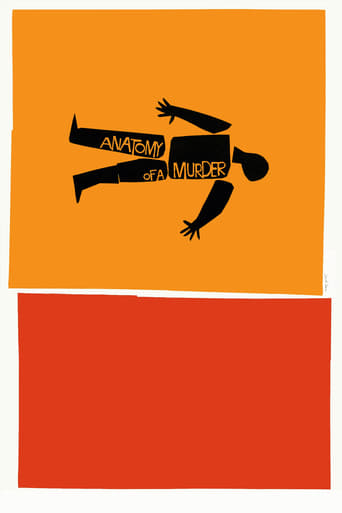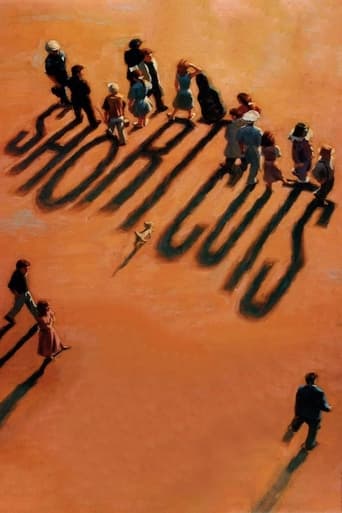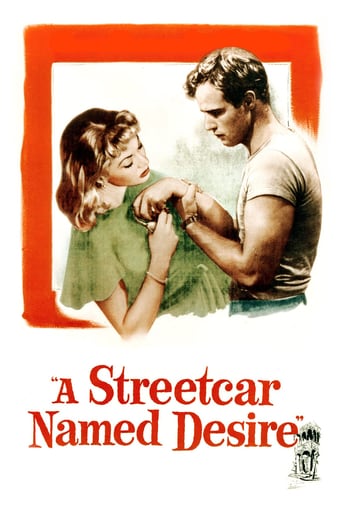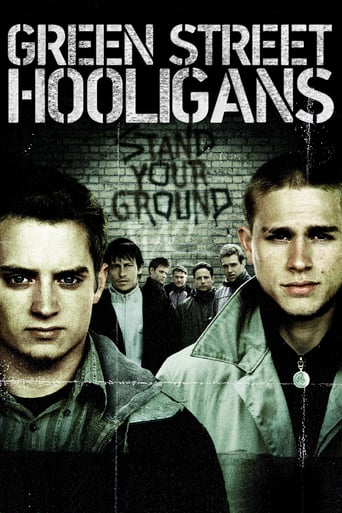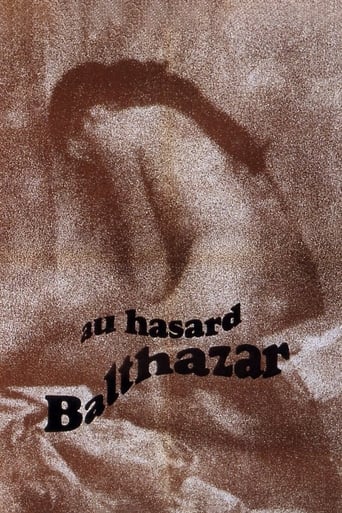
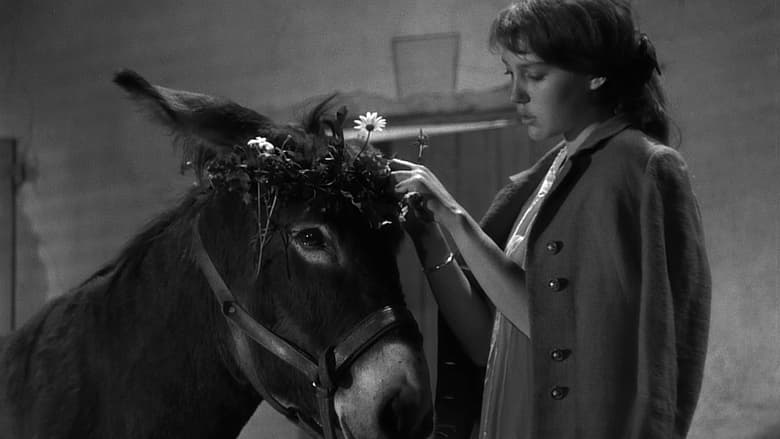
Au Hasard Balthazar (1966)
The story of a donkey Balthazar as he is passed from owner to owner, some kind and some cruel but all with motivations beyond his understanding. Balthazar, whose life parallels that of his first keeper, Marie, is truly a beast of burden, suffering the sins of humankind. But despite his powerlessness, he accepts his fate nobly.
Watch Trailer
Cast
Similar titles
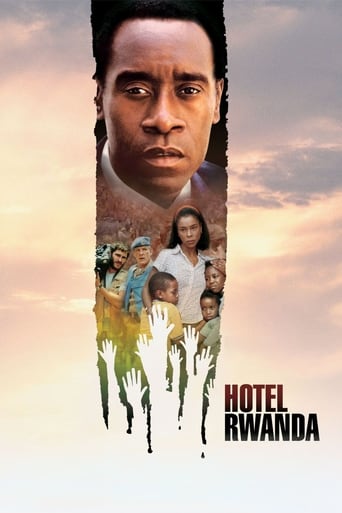
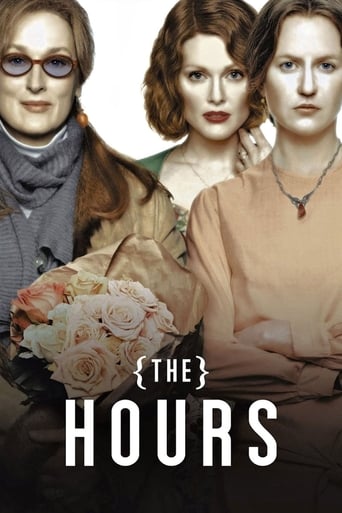
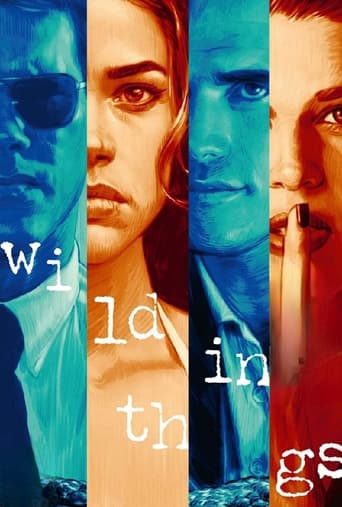
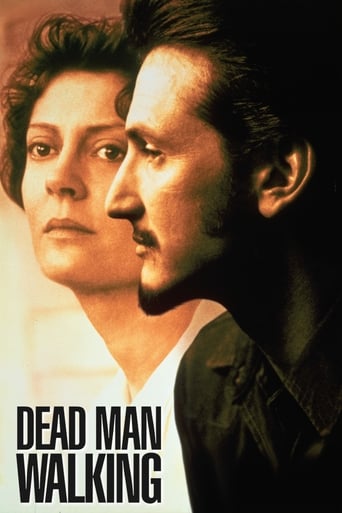
Reviews
I like the storyline of this show,it attract me so much
Save your money for something good and enjoyable
Go in cold, and you're likely to emerge with your blood boiling. This has to be seen to be believed.
The story-telling is good with flashbacks.The film is both funny and heartbreaking. You smile in a scene and get a soulcrushing revelation in the next.
I've seen a lot of films about animals getting abused from that animals perspective. Some films that share this plot line can easily feel cookie-cutter after you've been exposed to it several times. I had a few concerns about that when I was about to go into this movie. Fortunately, however, "Au Hasard Balthazar" was not one of those examples. It turned out to be an exception. It was able to stand out amongst the rest of them. I don't think that it's flawless, but it's still a great movie.This film chronicles the life of an abused donkey named Balthazar as it passes from cruel owner to cruel owner. Meanwhile, the life of a young girl who originally owned it named Marie is chronicled as she gets badly treated by her abusive boyfriend. Both of their lives seem parallel to each other.On my re-watches, I noticed how the movie has a lot of religious symbolism. For instance, the fact that Balthazar goes through seven different owners could mean numerous things. It could represent the seven deadly sins or the seven sacraments. Also, Marie's name sounds similar to "Mary", the mother of Jesus. That's another example of symbolism. There's also the donkey's baptism that the kids try to do. It makes Balthazar seem divine. Also, the wreath of flowers put on Balthazar's head reminded me slightly of the Christ's crown of thorns. Also, the wine that Arnold drinks, and the bread that Gerard delivers could represent transubstantiation. There might be a few more examples from the movie that I missed. Some of the symbolism is a bit obvious, but I didn't mind that too much. I have a few explanations which explain Bresson's purpose for including them. The first one is that he could be trying to juxtapose religion with sin or simply good with evil. My second interpretation is that he might also be trying to establish Balthazar as a divine figure. My last interpretation is that he might be trying to inform the viewers that there is a special heaven for animals, as well as people.One of the things which set this film apart from many other films with similar plots is that it chronicles the hardships of Marie as well as Balthazar. When Balthazar was young, Marie was one of his original owners. Both of these characters lived relatively parallel lives. Balthazar got abused by each of his cruel owners, and Marie gets abused by her boyfriend Jacques who tried to force himself onto her in numerous scenes. However, the difference between the two of them is that Marie could defend herself to an extent, unlike Balthazar. Marie sometimes tried to avoid being around Jacques. Balthazar, on the other hand, was powerless, and he had very minimal reactions. Balthazar simply walked and waited for someone to give him order. The reason why he behaved this way was likely that he knew that his life consisted of him either feeling or not feeling pain. The most he did in the film was bray every now and then. It was almost like he couldn't do anything else to defend himself as he was powerless to his owners.The fate of Marie was not stated at the end of the film. After she gets stripped and beaten, we don't see her again. It's likely that she's going into a life of servitude. However, we do find out Balthazar's fate by the ending. After he's accidentally shot while Jacques uses him to steal certain items, he walks up to a sheep herd and spends his last minutes with them before he dies. There are a few interpretations I have for what Bresson intended by this scene. It could mean that Balthazar is trying to die in peace away from the abusive owners he encountered in his life. It could also mean that Balthazar is thinking of the life he could've had if he had kinder owners. Regardless of what Bresson intended by this scene, I still found it to be memorable. I enjoy movies with tragic endings, because they often linger with me long after viewing them (sometimes, I even like them more than happy endings). I appreciate directors who aren't afraid to step out of the comfort zones of audience members.The only major issue I had with this film was with the character of Jacques. I found him to be very oversimplified. In the first scene, he seemed like a nice kid. In the next scene when he's all grown up, however, he turns violent as he abuses Balthazar and forces himself on Marie. The movie doesn't explain how he became that way. It just skips his character arc and tells us "Jacques is a bad character, so you should dislike him", thus oversimplifying him. Also, most of the owners of Balthazar were either very underutilized or unmemorable. The only one who I found to be memorable was Arnold, but that was only because he was in the movie more.In conclusion, this was a pretty good movie. Robert Bresson did a great job with this film as he turned a tired plot into a memorable film that does a lot differently than other films. It could have been better, but it was still pretty good. This is the 2nd Bresson film I've watched (the first one being "A Man Escaped" which I enjoyed a bit more). I'm going to probably keep watching his films since he's proved himself to be a talented filmmaker.
The pace of this movie--both of the PLOT and of the physical movement of the characters and the action of the scenes is very slow--like audiences needed more help to "catch up" with what's happening in 1966 when this film was released. It reminded me of another "classic" but dreadfully-paced foreign movie--Dreyer's "DAY OF WRATH"--ugh! Beyond that, the film seems to have an "instructional" storybook quality to it--like it's saying to the audience: "This is what you're supposed to Think!!" And then the Dread that hang's over the whole movie because you think someone is going to mutilate or kill the donkey. Robert Bresson is supposed to be an important and classic film-maker, but I've never "gotten" him. I tried very hard to stay awake during "Lancelot du Lac" and thought it was stupid and felt ripped off. It is possible to be artful and "symbolic" and metaphorical in good films! For rural French life--there are all the writing of Georges Simenon and the many movies made from them. For provincial life and aimless, cruel youth there is Fellini's I Vitelloni.
Among many possible objections to this overvalued movie; -As usual in Bresson movies, acting is awful and I can not understand how people (mostly movie critics) overlook or tolerate such a shortcoming in any movie of considerable value - "Unpunished crime" is used in many Hollywood movies to emotionally involve the audience. In this movie, injustice against both the heroine and the donkey is utilized to agitate the audience. Criterion version includes an interview with a "Bresson Critic" who confesses that the first question that he asked the leading actress was "What happened to ..."(the bad guy) which demonstrates his emotional involvement with the plot; "Is he punished for his deed?". This is a very cheap way to attract viewer's attention. - Rhythm (as in other Bresson movies) is very monotonous. It helps in the prison escape movie "A Man Escaped" because escape effort as depicted requires meticulous monotonous effort, But only there.... -Final dramatic scene and circus scene where animals seem to communicate somehow are highlights of the movie. -It attracted my attention that many "vague" directors (including Godard) have tiny nose. It is often said that creativity is associated with bigger nose :) I have seen several convincing proofs.
At the start of Robert Bresson's profoundly touching drama, the children who had been at the purchase of the young titular donkey, Balthazar, baptise the animal, which in essence renders him with a soul, and one which will encounter the cruelties and beauty of humanity. In this early life, the children, particularly Marie and Jacques (later playing as teenagers by Anne Wiazemsky - who later married Jean-Luc Godard - and Walter Green respectively), play with him lovingly, jostling in the hay. With monetary issues, Balthazar is taken into adult life, abused by masters who use his prowess to pull carts, whipping him regularly. He escapes, and goes back to that place of beauty, where the children had so adored him. Of course, they are grown, and Marie (the only one who actually lives at the farm) takes him back in, however, the farm is struggling, and this relationship is soon split.As Balthazar is then moved from owner to owner, he is used to deliver bread, to again pull carts. He is saved at one point by a drunk, Arnold (Jean-Claude Guilbert), who is accused of murder - although this infraction is never elaborated on, and he is only accused several times by local teen-thug and thief, Gerard (Francois Lafarge). Balthazar also briefly becomes a star in a circus, making mathematical calculations using his hoof. Aside from the various moments of violence inflicted upon the poor animal, he is witness to the violence that the people he comes in contact with have over each other. Marie, ignoring the protestations of her fathers wishes to stay away from Gerard, she ignores him and continues a sexual relationship with the petty criminal, which inevitably leads to heartache.Beautifully shot in black and white, the French rural countryside becomes a majestic, and yet horrific backdrop for the sins of humanity, and the innocence of an animal that is forced to do the bidding of the people. Bresson often frames Balthzar at the centre of the image, his large eyes portraying utter pathos - and we, the audience adore him. The final moments of the film are some of the most simple, yet moving moments in cinema history. Gerard, using the now old and work-tired Balthazar, steal him to carry contraband over the border. Fleeing the area due to gun fire from the border patrol, Balthazar escapes into a field where sheep are grazing. Having been shot he walks slowly and joins the flock, sitting, his eyes displaying something that resembles happiness - or at least a relief to be with other animals. The end, however, is also incredibly heartbreaking.www.the-wrath-of-blog.blogspot.com
